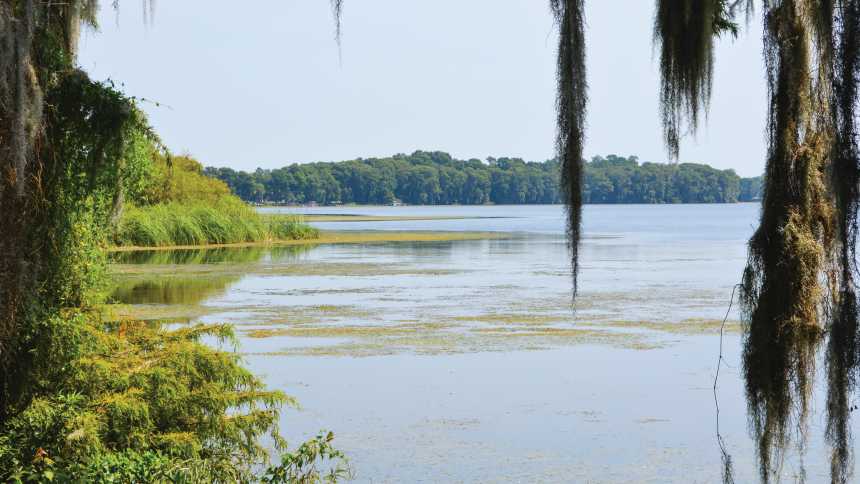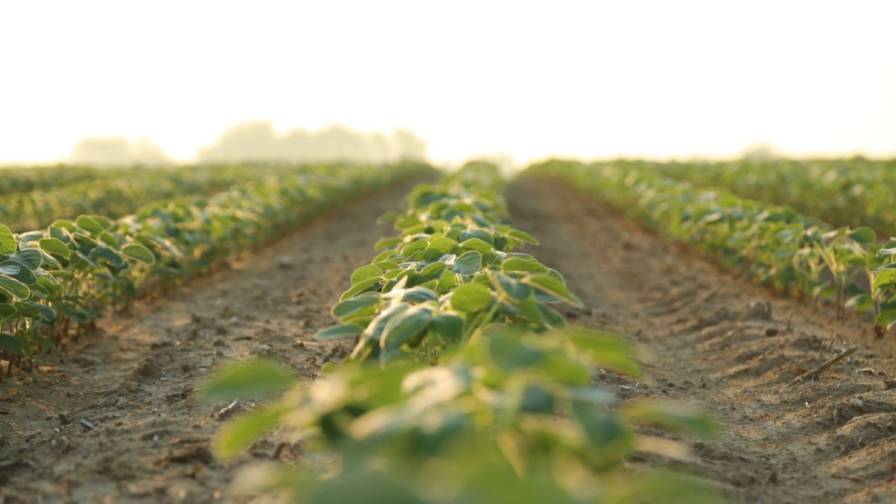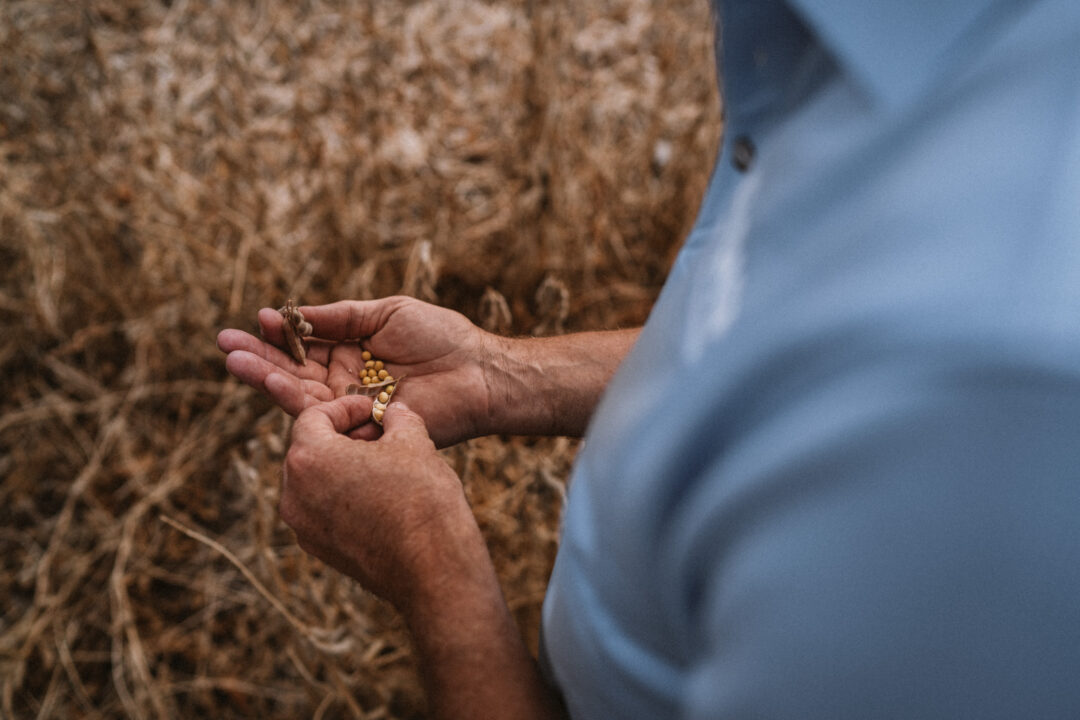Florida Waters Making Serious Progress

The Everglades have been a big battleground for water in the state of Florida.
Florida offers glorious ocean views and stunning stretches of beach to residents and visitors alike. But the state’s inland waters — both above and below ground — often pose a dilemma for growers. For years, producers here been charged with helping improve water quality and water access in a number of environmentally fragile systems including off-farm wet lands that contribute to improved water quality for urban users.
Success Stories
While water issues in the central part of Florida go back decades, it’s just been in the last 15 to 20 years that state and university experts have been able to pinpoint and help address problems.
In the early 1990s, shallow water sources along the central ridge showed reduced water quality from nitrates coming as a result of decades of citrus production, and a survey of drinking water wells found a majority were contaminated above federal standards. Scientists at the University of Florida, including Dr. Kelly Morgan, associate professor, developed production practices to alleviate the problem. Within about seven years, growers were able to greatly reduce nitrate levels.
“It was a very positive thing. The whole Best Management Practices (BMPs) concept was started statewide,” Morgan says.
Growers near the iconic Florida Everglades have long dealt with surface water issues. Waters from the north central part of the state flow into Lake Okeechobee, the heart of the Central Everglades. In the mid 1980s, dairies along the Kissimmee River, the prime waterway that feeds into the lake, were found to be contaminating the water with phosphorus. Mandated BMPs have helped here as well.
Just south of Lake Okeechobee lies the area with the United States’ most restrictive BMPs. Called the Everglades Agricultural Area, this growing region spans some 60,000 acres, while another swath of farmland (40,000 acres) stretches along the Gulf Coast to the west. The restrictions imposed here have worked as well, reducing phosphorus contamination.
One approach has been to use wetlands around the lake to act as a filter for pollutants. The South Florida Water Management District, which manages water use in the area, has built storm water treatment areas. When the region is hit with heavy rainfall — including tropical storms — the water is directed to flow through treatment areas the district has built.
“They’re basically artificial wetlands,” says Morgan. “That system takes much of the phosphorus out of the water before it gets to the Everglades.”
He adds that the consensus is that the region’s stakeholders have done a tremendous job to reduce off-farm nutrient movement to improve water quality in the Everglades. The emphasis is now turning to springs in north Florida (including up to the Georgia/Florida border) where nitrate levels have been rising.
Urban Contributors, Water Wars
Agriculture isn’t the only source of Florida’ nitrate problems. In fact, BMPs to curb contamination have been developed for homeowners, golf courses and industry — called “green industry” contributors by the state. Nitrates from these sources travel by storm water, a particular problem during Florida’s rainy season that runs from mid-June to early September. During these months, about 40 inches of the state’s total annual precipitation of about 55 inches will fall.
“One of the most effective things we’ve done is to restrict the amount of fertilizer that can be applied during the rainy season,” says Morgan. In addition, BMP advisors are encouraging green industries to move to more slow-release nitrogen products that reduce the amount of nitrogen available to reduce water quality during times of high rainfall.
Water quality around urban areas, primarily Tampa and Miami, has been declining for decades — to the point where these cities now have to go further inland to get their water supplies. In fact, Tampa’s water is now pumped some 100 miles, from the central part of the state. “That creates a lot of controversy and friction,” says Morgan. “The more the cities take, the less there is for agriculture.”
One solution is reclaimed water. Morgan led research efforts at a project near Orlando — the largest reclaimed water project of its kind in the U.S. — which takes city water and pumps it to agricultural areas, primarily citrus groves, for irrigation. These efforts have been very successful, and reclamation projects in the state are increasing, particularly for urban irrigation. Another possible solution is desalinization, and Morgan notes that current technology is making the option more economically feasible.
Frank Giles, editor of CropLife® magazine’s sister publication Florida Grower, points to the sheer number of people that need water, many arriving in the state in just the past 10 years. In 2014, Florida became the third largest state in the country in population, following California and Texas — and bumping New York to fourth place.
“Urban growth has certainly put a lot of pressure on the water supply,” especially in times of drought, Giles says.
Getting Help
There’s still work to be done throughout Florida, Morgan says. Over the last 10 to 15 years, the University of Florida (UF) has been working very closely with the Florida Department of Agriculture and Consumer Services (FDACS) to get growers to sign up for the BMP program. The program is run by FDACS, but the university offers education to producers and urban water users.
Efforts have been very successful. Nearly 100% of Florida’s citrus growers are actively involved and “working very hard” to limit the amount of fertilizer they’re applying, says Morgan. Growers of other agricultural commodities such as vegetables and small fruits are participating in the 80% range. And row crop producers of corn, soybeans and cotton — located in the northern part of the state and stretching over to the Panhandle — are participating at about a 50% rate. While these crops had declined in Florida through the ’70s and ’80s, production has picked up again with high corn and cotton prices.
For their part, growers have mixed feelings about required BMPs and other water preservation efforts, says Giles. One producer he talked with — Bryan Jones, who has tried alternative irrigation and fertilization techniques — says it’s “kind of a generational thing.” Jones sees the benefits of the practices: Using less water (which saves money) and improving yields and quality.
Growers can get some sizable financial help in instituting BMPs, however, thanks to cost-share dollars offered through the state. For instance, the Southwest Florida Water Management District provides monies through its FARMS (Facilitating Agricultural Resource Management Systems) project. Funding, including that from FDACS, has gone for strategies such as structures to help manage runoff, drip irrigation tape and fertigation, explains Giles. The state can cover up to 75% of the cost of growers’ water projects.
Other management help is available. Morgan directs the Florida Automated Weather Network (FAWN) that links weather stations all over the state, which growers can link to their own weather stations. FDACS also has a cost-share program to fund weather stations in producers fields with data displayed on the FAWN Website.
The network team is also developing smartphone apps that use weather data to help growers better schedule irrigation. The goal: Reduce water use, (particularly to stay within permitted limits) and reduce leaching of fertilizer. Morgan points out that Florida soils are over 95% sand and hold very little nutrients. So far, apps have been released for citrus, strawberries, cotton and turfgrass, with apps for vegetables, peanuts and avocados in the works.
Water In The House
More progress on water issues via state government action is projected for 2015. In fact, Giles says this year is being called “the legislative session of water” in Florida, though 2014 was given that title as well. Now, however, there’s the leadership in place in both the House and Senate to get the job done.
One problem to be addressed will be quantity and quality issues discovered in springs fed by the aquifer below central Florida. The springs are considered natural resources, and many state parks have developed along them. Giles has heard that “a major springs bill” this session will put some standards around how this water is managed.
In general, he anticipates more restrictions for agriculture. But he’s upbeat because based on clear signals from congressional leadership, corrective measures will be shared. “It’s going to hit the urban areas and municipalities and their use of water as well. The impact will not all be dumped on ag,” Giles explains.
Then too, Florida Commissioner of Agriculture Adam Putnam is very strong on water issues, says UF’s Morgan. Just re-elected to another four-year term, Putnam oversees the Florida Department of Agriculture & Consumer Services and serves as a member of Florida’s Cabinet. He has emphasized improving water quality, quantity and access in the past. “We’ve needed this focus for a number of years,” says Morgan. “We’ve kind of been fighting an uphill battle. Now the Department of Agriculture is very solidly behind us, at both the state and federal levels.”





